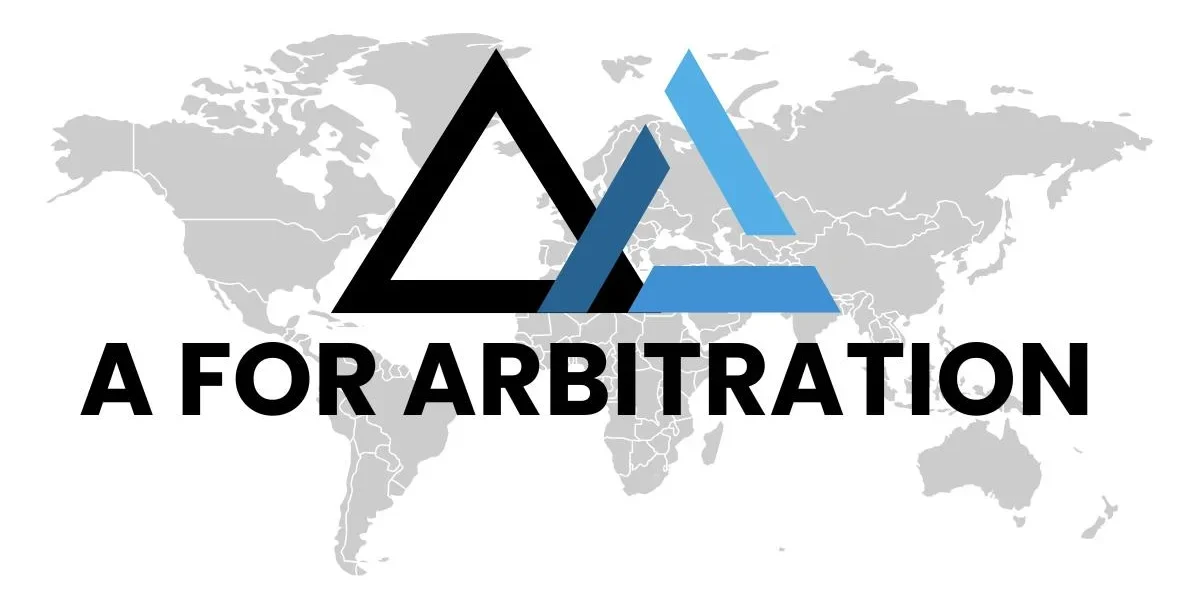CIArb’s Guidelines on Third-Party Funding:
Third-party funding (TPF) has become a defining feature of international
arbitration. Under this arrangement, an outside funder (essentially, who
are not parties to the arbitration) provides the financial means for legal
proceedings, typically in return for a share of any recovery. This offers
claimaints who might otherwise be deterred by costs, the opportunity to
pursue arbitration on a more equal footing. However, TPF also raises
legitimate concerns regarding transparency, conflicts of interests, and
cost allocation.
To address these challenges, the Chartered Institute of Arbitrators (CIArb)
issued its Guidelines on Third-Party Funding in International Arbitration in
September 2025. While this soft-law instrument does not impose binding
rules, it does offer a structured framework to assist parties, counsel, and
tribunals in dealing with the complexities of TPF.
Purpose and Scope
The Guidelines
’
main objective is to promote fairness and transparency in
arbitral proceedings while recognising the legitimate role of third-party
funding. While acknowledging that third-party funding may promote
access to justice by empowering resource-limited parties to pursue well-
founded disputes, CIArb highlights the need for safeguards to avoid
potential misuse, maintain party autonomy, and protect the credibility of
the arbitral process. Importantly, the guideline is presented as a non-
binding but practical tool, designed to be applied with flexibility.
The guidelines recognise and contain specific forms of funding such as
portfolio funding, monetisation, law firm financing, adverse costs
insurance, as well as for the structuring and renegotiation of funding
agreements.Disclosure of Funding Arrangements
One of the CIArb Guideline
’
s core recommendations requires parties to
disclose the existence of any third-party funding agreement early and to
reveal the identity of the funder. Crucially, this duty does not require the
disclosure of senstitive commercial terms by the funder. It is worth
mentioning that the Guidelines contain specific recommendations
regarding NDAs and also highlight the aspect of consent with respect to
information-sharing.
Conflicts of Interest
According to the Guidelines, arbitrators should consider and assess
potential conflicts of interest not only relation to parties and their counsel
but also in connection to third-party funders. This approach is consistent
with the IBA Guidelines (2014, General Standard 6(b)), which explicitly
treat funders as equivalent to parties for the conflict-checking purposes.
Costs and Security for Costs
A recurring question in arbitral practice is whether the existence of third-
party funding should influence the tribunal’
s apprach to costs. The
Guideline emphazises that the mere presence of funding does not, by
itself, justify a different approach to costs or create a presumtion of
financial weakness.
On security costs, the Guideline (Sections 9.3 and 15) recognizes that
tribunals may grant such measures, but only in exceptional circumstances.
Funding alone is insufficient to justify an interference of financial
weakness or an order for security. Tribunals should instead weigh specific
factors like enforcement risks, the party
’
s ability to pay, and the presence
of insurance protection.
This framework reflects developments in leading jurisdictions such as
Singapore and Hong Kong, where legislation both regulates TPF and
explicitly empowers tribunals to order security for costs when justified.Broader Context
The CIArb Guideline forms part of a wider global effort to strenghen
transparency in arbitration. Institutions such as the ICC (Art. 11(7)) and the
ICSID (Rule 14) now require parties to disclose the identity of funders. In
parallel, legislative reforms in Singapore and Hong Kong have formally
recognized and regulated the practice of third-party funding, while
expressly empowering tribunals to order security for costs where
appropriate.
Comparative Institutional Approaches
Various other arbitral institutions have introduced similar detailed
provisions on third-party funding. The SIAC Rules 2025 (Rule 38) oblige
parties to disclose funding, allow tribunals to demand further details, and
permit its consideration in costs. The HKIAC Rules 2018 (Art.44) likewise
require disclosure of a funder
’
s identity. Both reflect the wider consensus
that third-party funding is acceptable only when paired with
transparency and safeguards.
Ultimately, third-party funding has become a permanent feature of
arbitration, yet its continued growth depends on clear and
transparent safeguards. While not binding, the CIArb’
s Guideline
provides a practical direction for promoting openness and
consistency in arbitral proceedings. Alongside institutional and
legislative reforms, it shows that funding can broaden access without
undermining fairness and trust in arbitration. It is however
recommended that due diligence be conducted when selecting a
funder, especially with respect to financial stability, conflicts
management, and anti-money laundering compliance.
